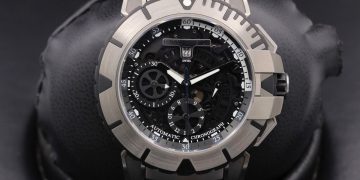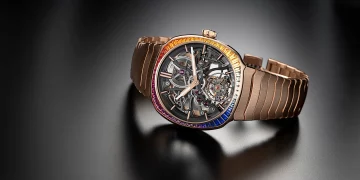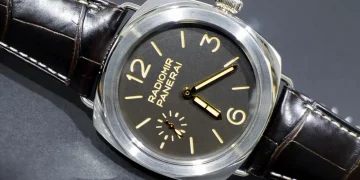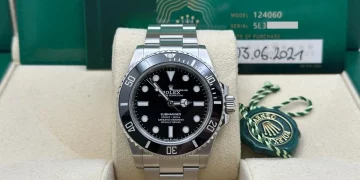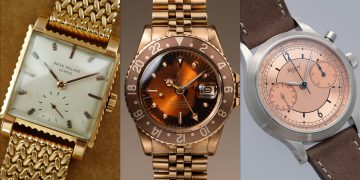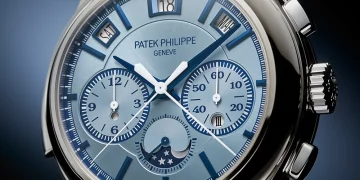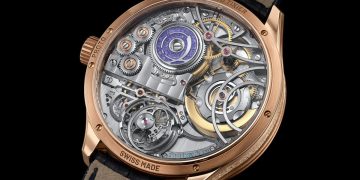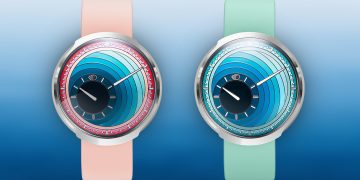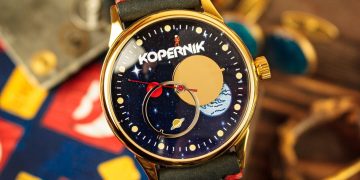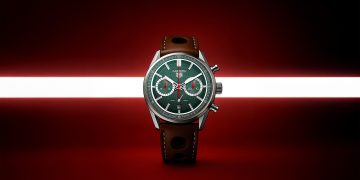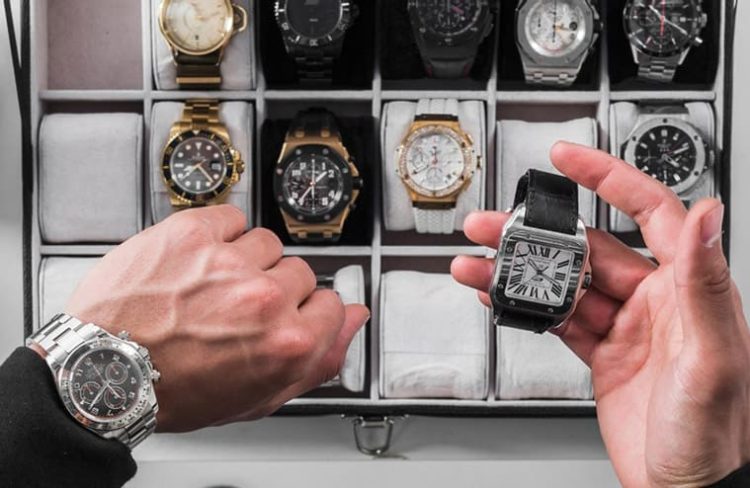The world of horology—watchmaking—is one that has long been synonymous with precision, craftsmanship, and artistry. Watches are not merely timepieces but symbols of personal taste, tradition, and, often, wealth. However, every once in a while, a new release shakes up the status quo. Whether it’s a bold new design or a radical departure from the norms, some watches can stir heated debates within the watch community. One such watch has captured the attention of enthusiasts and critics alike, raising questions about what makes a design truly successful in the realm of luxury watches.
In this article, we will explore why the design of a particular watch has become so controversial, diving deep into its aesthetics, functionality, technical aspects, and the broader cultural implications that contribute to the debate. By examining the features that make this design contentious, we can better understand the shifting tastes in the world of luxury watchmaking and the evolving perceptions of what constitutes “good” design.
1. The Watch’s Aesthetic Choices: Bold or Bizarre?
When it comes to luxury watches, design is not just about practicality—it is also about making a statement. Watches are often seen as a form of personal expression, with their designs reflecting the personality and taste of their wearer. Some watch designs, however, push the boundaries of what is considered traditional or acceptable, leading to controversy.
Take, for example, the introduction of oversized cases, unconventional dial layouts, or the use of non-traditional materials. These aesthetic choices can challenge long-established norms in the watchmaking world. For instance, the decision to create a watch with an unusually large dial may be seen by some as a bold attempt to stand out in a saturated market, while others might view it as a reckless abandonment of the understated elegance that is often associated with classic timepieces.
Critics argue that the beauty of a watch lies in its balance—an elegant design that harmonizes size, proportions, and color. When these elements are disrupted, it can lead to polarized opinions. A controversial design might incorporate an oversized case that feels too cumbersome or a dial layout that seems chaotic, confusing the observer rather than captivating them. Whether these elements are a stroke of genius or a mistake in taste is often the crux of the controversy.
2. Functionality Over Form: When Design Compromises Practicality
Another point of contention often revolves around the balance—or lack thereof—between design and functionality. Watch enthusiasts value the technical aspects of a timepiece just as much as its aesthetic qualities. A watch that sacrifices readability, legibility, or ease of use in favor of a unique design will inevitably raise eyebrows.
One common example is watches with dials that are hard to read due to their intricate or overly complex designs. For instance, a dial with a cluttered array of sub-dials, intricate hands, or unusual placements of numerals may be visually striking, but it could hinder the functionality of the watch. Enthusiasts might question whether the design is putting style above the most basic function of a watch: telling the time.
Similarly, design features like an uncomfortably large case, awkward lug placements, or an unconventional crown position can make the watch difficult to wear or adjust. While some see these elements as innovations, others argue that they compromise the core purpose of a watch as a practical tool.
3. Material Choices: Experimentation or Misstep?
The materials used in watchmaking are often a point of pride for both watchmakers and collectors. Classic materials like stainless steel, gold, and platinum are revered for their durability and aesthetic appeal. However, some watches—especially those aiming for a more avant-garde image—experiment with unconventional materials, such as carbon fiber, ceramics, or even plastic.
While these materials can offer unique looks or properties (e.g., reduced weight, increased scratch resistance), they can also spark controversy. Some purists argue that the use of unconventional materials in luxury watches undermines the tradition of the craft, while others appreciate the innovation and the opportunity to push boundaries.
In particular, watches with carbon fiber cases or plastic components often face criticism for appearing “cheap” or less durable than those made from metal. Critics of these materials argue that they detract from the watch’s sense of luxury, which is often linked to traditional craftsmanship and the use of precious metals. On the other hand, supporters may argue that the use of modern materials is a way to bring new technology and durability to the industry.
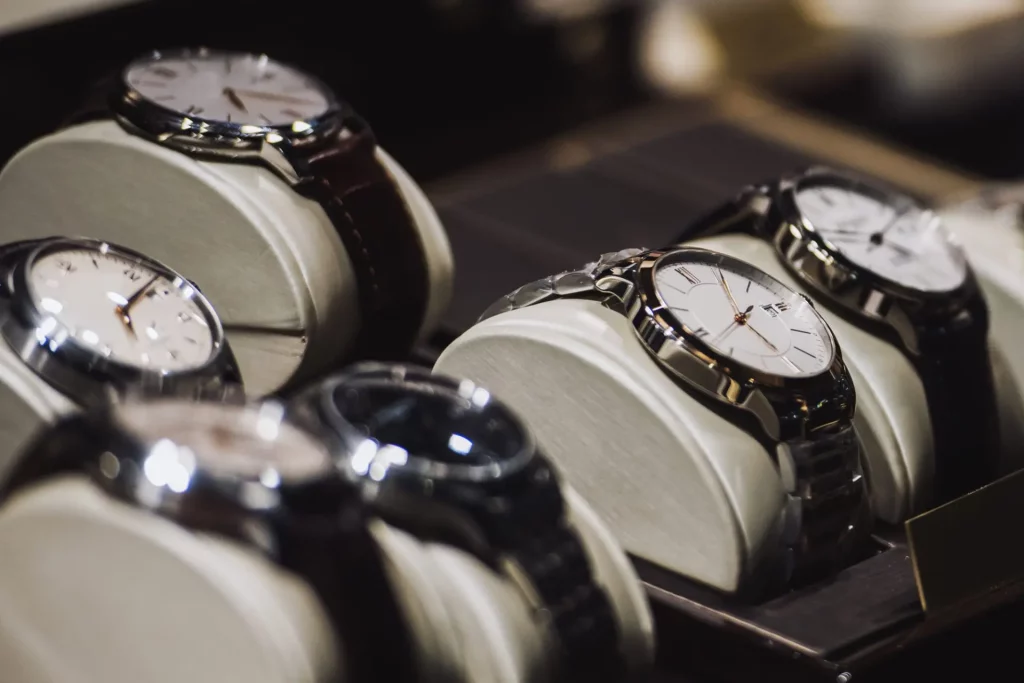
4. The Cultural Impact: A Shift in Tastes?
A watch’s design can often be a reflection of broader cultural trends. Over the years, we’ve seen how different periods in history have influenced the look and feel of watches. The elegance of the Art Deco era, the utility-focused designs of the mid-20th century, and the minimalism of the 21st century all have a lasting impact on watchmaking trends.
In some cases, a watch’s design may reflect an attempt to cater to shifting tastes. For instance, as fashion and style preferences evolve, a watch that was once considered groundbreaking might begin to feel out of place. A watch with a design that was seen as fresh and innovative at its launch might be perceived as outdated or irrelevant if it fails to keep up with cultural shifts.
Additionally, some watch designs may appear to appropriate elements of other cultural symbols or styles, which can provoke backlash. For instance, a brand might release a watch that incorporates symbols or motifs from a culture without sufficient sensitivity or understanding of their significance. In such cases, the controversy goes beyond design and into the realm of cultural appropriation.
5. The Influence of Celebrity Endorsements and Marketing
Celebrity endorsements and high-profile collaborations have become a major driver in the watch industry. However, when a watch design is closely associated with a celebrity, it can lead to divisiveness. Some collectors may find the association with a celebrity to be a turnoff, associating the watch with trends rather than tradition. On the other hand, some view the celebrity endorsement as a powerful validation of the design.
However, when a watch design is heavily marketed through these endorsements, it can sometimes feel like the design is more about selling a lifestyle or image than about the intrinsic qualities of the watch itself. This can lead to accusations that the watch is a “status symbol” rather than a true horological masterpiece. For collectors who prioritize craftsmanship and technical innovation, this can be a major point of contention.
6. The Role of Tradition in Watch Design
The history of watchmaking is steeped in tradition. Many of the most revered watch brands take great pride in their heritage, often incorporating time-tested design elements into their modern releases. These traditions—whether it’s the use of specific materials, design motifs, or construction methods—are what help maintain the essence of what makes a luxury watch truly special.
A controversial design may arise when a brand attempts to break away from tradition. Some may argue that stepping too far away from the tried-and-true methods of watchmaking risks losing the essence of what makes a timepiece valuable. Watch purists may see such designs as gimmicks or as an affront to the legacy of watchmaking craftsmanship.
On the other hand, those in favor of innovation may argue that breaking away from tradition is necessary for the evolution of the craft. Without risk-taking and experimentation, the industry would stagnate. For them, the controversy lies in the need for balance—balancing respect for tradition with a willingness to innovate.
Conclusion
The controversy surrounding a particular watch design often stems from a complex interplay of factors—its aesthetic appeal, its technical functionality, the materials used, its cultural significance, and the influence of celebrity marketing. A design that challenges norms or pushes boundaries can provoke strong opinions, both positive and negative. What one person views as a bold leap forward in watchmaking, another might consider a misguided attempt at innovation.
In the end, watch design is highly subjective. What is considered controversial today may very well be seen as groundbreaking tomorrow. The watch industry, with its blend of tradition and innovation, will continue to be a space where creativity and craftsmanship collide, sparking conversations that drive the evolution of horology. Whether you love or hate the design, the controversy surrounding it is a testament to the power of watchmaking to captivate and provoke.



